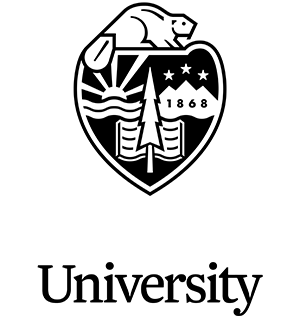High School Leaders and the Development of Critical Consciousness at Outdoor School
What is Critical Consciousness?
CRITICAL CONSCIOUSNESS is how people learn to critically analyze their social conditions and act to change them. (Watts et al., 2011, p. 47)
“I plan on practicing more self-awareness, working on being a strong leader while giving others room to grow, and I intend on doing what I can to ensure I continue to grow as a teacher, person, and friend in the camp environment, and outside.”
- High School Leader
“I was being bullied by another kid in my class who was in the same cabin. The kid that was bullying me was a racist, and my [High School Leader] was able to call him out about it in a way that didn’t escalate the situation. And I wanted to be able to be that [High School Leader] when I got older.”
- High School Leader
3 elements of critical consciousness:
CRITICAL REFLECTION: When a person or group of people: 1) analyze their community (at any level), 2) see that people are not being treated equitably, 3) reject those inequities as immoral. These inequities could be social, economic, racial/ethnic, or gender-based.
POLITICAL EFFICACY: When a person or a group feels they have the ability to effect social or political change. If people feel that they can create change, they are more likely to take critical action.
CRITICAL ACTION: When a person or group of people work to fix existing or create new policies or practices that are fair to all social, economic, racial/ethnic, or gender-based communities.
How Can We Support The Development Of Critical Consciousness in High School Leaders?
Value and Train
The programs we studied all valued their High School Leaders and they invested in their experience and training. These programs recognized that High School Leaders benefit from participation. When developing curriculum, these programs considered the learning and development of both 5th/6th grade students and High School Leaders.
Involvement and Planning
High School Leaders should be involved in evaluation (formal and informal) and planning. For example, High School Leaders told staff that the weekend overnight training they attended had not prepared them for leadership experiences at outdoor school. Staff listened to these concerns and invited High School Leaders into the planning process the next year. Students built the program’s schedule, determined topics and activities, and facilitated training with staff as assistants. The program departed from traditional K–12 education approaches, inviting High School Leaders into strategic planning, curricular development, and informal evaluation. This approach is rooted in the social emotional learning concept of “student voice and choice.”
What is Teaching for Equity Consciousness for High School Leaders?
EQUITY CONSCIOUSNESS is when people are aware of or think about how others are being treated. This includes how well they understand the many types of unfair treatment, and how willing they are to join in the task of finding fair solutions.
4 elements of teaching for equity consciousness:
Outdoor, Experiential and Environmental Education requires excellent equitable teaching*
Adults are responsible for student learning and development
Educators must consider all intersecting elements of children’s identities
Traditional school practices do not work for all children; just, equitable education requires practical changes
*For further resources see: https://outdoorschool.oregonstate.edu/educator-resources/self-evalua-tion-tools/
Why must we Teach for Equity Consciousness and Develop Critical Consciousness?
Our data showed that elements of critical consciousness displayed by High School Leaders included their awareness of inequity in the outdoor school setting and their ability to articulate alternatives to make outdoor school more inclusive. For example, one High School Leader described interrupting a microaggression toward an English language learner by another student, which led to a change to how English language learners were supported in field studies through more inclusive practices, such as translated materials and interpreters. Another example is when students modeled the use of inclusive language with personal pronouns and introduced themselves to younger students using their racial and gender identities. “The ability to recognize and analyze systems of inequality and the commitmentto act against systems” (Al-Amin et al., 2017) can motivate marginal-ized students. We assert that when outdoor school programs purpose-fully teach for equity consciousness with High School Leaders, and they develop critical consciousness, outdoor school becomes a more inclusive space for all students involved.
“I love outdoor school. I don’t feel different here. At school I feel like I’m always trying to make myself fit in, even with other queer kids. It’s just not even a thing at outdoor school. I don’t know- I can just be me. No one makes me feel like I can’t be me.”
- LGBTQIA+ High School Leader



